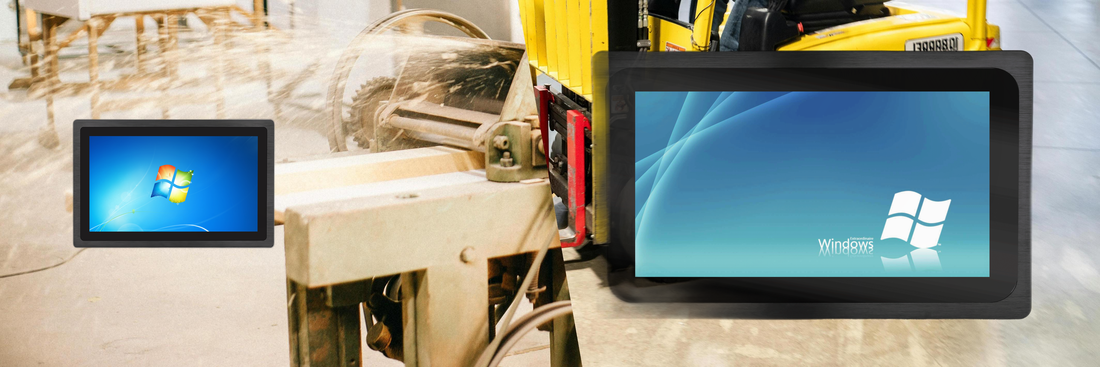
Harnessing the Power of Edge Computing for Advanced Disaster Management
Harnessing the Power of Edge Computing for Advanced Disaster Management
Introduction
In today’s fast-paced and unpredictable world, efficient disaster management can mean the difference between life and death. Whether responding to natural disasters, man-made emergencies, or critical system failures, the ability to react quickly and intelligently is vital. Traditional data centers and cloud computing solutions, while powerful, often struggle to deliver the real-time responsiveness and localized data processing necessary in these high-stakes situations. Enter edge computing—a technological advancement that brings data processing closer to the source, enabling faster decision-making and more robust disaster recovery efforts.
Edge computing solutions empower emergency responders with the tools to analyze, communicate, and react with unprecedented speed. In this expanded exploration, we will dive into how edge computing reshapes disaster management strategies and fuels the development of more resilient infrastructure for both public safety and smart city applications. We will cover key trends in the industry, explore real-world applications, and discuss how emerging technologies such as AI, 5G, and IoT are pushing the boundaries of disaster preparedness and response.
Key Trends Shaping the Future of Disaster Management
-
AI-Powered Edge Solutions
Artificial Intelligence (AI) plays an integral role in enhancing disaster management through predictive analytics, continuous monitoring, and real-time event detection. By merging AI with edge computing, organizations can achieve faster and more precise emergency responses. AI algorithms deployed at the edge analyze data locally, reducing the latency of communication and providing actionable insights during critical moments. These insights could involve identifying potential flood risks based on real-time data, detecting forest fires at early stages, or analyzing structural weaknesses in buildings post-earthquake. -
The Convergence of IT and OT
The integration of Information Technology (IT) and Operational Technology (OT) is another major development in the field of disaster management. Historically, IT systems were isolated from operational systems, but as the two converge, they create a unified ecosystem where data flows seamlessly between both domains. This synergy allows emergency systems, like weather forecasting tools and emergency broadcast systems, to communicate effortlessly with infrastructure sensors and control systems, streamlining disaster mitigation efforts. -
Nationwide 5G Networks for Public Safety
Fast, reliable communication is paramount in disaster scenarios. Recent developments in 5G networks have provided first responders with low-latency, high-bandwidth data streams crucial for effective disaster management. Networks such as Verizon Frontline and AT&T's FirstNet offer dedicated connectivity for emergency services, ensuring continuous communication, even in areas affected by outages or damaged infrastructure. The adoption of 5G allows for real-time video feeds, drone-based reconnaissance, and seamless IoT device coordination—enhancing situational awareness and rapid response times.
The Impact of Edge Computing on Disaster Management
Real-Time Data for Faster Decision-Making
One of the standout benefits of edge computing is the ability to process and analyze data locally, reducing reliance on distant cloud servers. By positioning computation closer to the data source—whether it's a surveillance camera, drone, or IoT sensor—emergency response teams can receive real-time information, improving their ability to respond swiftly. For example, in a wildfire detection scenario, mobile surveillance systems equipped with AI inferencing at the edge can detect early signs of smoke or fire and immediately alert first responders.
Maximizing On-Site Resource Efficiency
During disasters, resource allocation is a critical challenge. Edge computing, powered by advanced AI models, can optimize resource usage by minimizing false alarms, detecting precise locations of hazards, and preventing unnecessary deployment of personnel. For example, by using IoT sensors and cameras, emergency operations centers can confirm whether an alarm is genuine before dispatching ground crews, ensuring that human resources are used more effectively.
Predictive Analytics for Proactive Management
Predicting disasters before they happen is another area where edge computing shines. By continuously processing and learning from large datasets, edge AI systems can detect patterns that indicate potential disasters, allowing for proactive measures to be taken. For instance, analyzing changes in river levels and weather patterns in real-time could allow authorities to anticipate floods and evacuate populations in advance.
Resilient Smart Cities with Edge AI
Smart cities are increasingly using edge computing to build resilience against natural and man-made disasters. By embedding edge AI technologies into their infrastructure, cities can automate responses to emergencies, making them more agile and prepared. This digital transformation has enabled the development of systems that monitor everything from traffic patterns during evacuations to the structural integrity of buildings after earthquakes. Edge computing's real-time processing capabilities allow these systems to react instantaneously, minimizing the disaster's impact on residents and infrastructure.
Edge Computing Hardware: The Backbone of Disaster Management
To function effectively in disaster management, edge computers must be robust, reliable, and capable of performing in extreme environments. Industrial-grade edge computers are purpose-built to meet these demands, offering unparalleled uptime, processing power, and data security.
-
Real-Time AI Analytics
Edge computers, deployed on-site, provide the computational power necessary to drive real-time AI analytics. Whether processing video feeds from drones monitoring a fire or analyzing seismic activity, these systems can handle the large volumes of data generated by sensors and cameras, enabling faster decision-making. -
24/7 Operational Reliability
Edge computers designed for disaster management must operate continuously in remote or difficult-to-access locations. These systems are engineered with rugged components and fail-safe mechanisms such as watchdog timers, self-healing capabilities, and out-of-band (OOB) management systems, ensuring they remain functional even in the harshest conditions. -
High-Speed Connectivity through 5G
Edge systems equipped with 5G connectivity provide low-latency communication over vast distances, a critical requirement for real-time disaster management. Whether monitoring wildfires, coordinating flood relief efforts, or deploying search-and-rescue drones, the ability to transmit data instantly without interruption is crucial. -
IoT Device Integration
Edge computers often act as hubs for an array of IoT devices, from thermal cameras to LiDAR sensors. These devices collect a wealth of information that edge computers must process and consolidate, facilitating more informed decision-making. -
Tamper-Proof Security
Given the sensitive nature of the data processed by edge systems, security is paramount. Advanced encryption protocols, like TPM 2.0, ensure that unauthorized access is prevented, while physical security features protect storage devices from tampering.
Real-World Applications of Edge Computing in Disaster Management
- Flood Monitoring: AI-driven edge systems can analyze data from river sensors and weather stations in real-time, predicting floods and allowing for early intervention in vulnerable regions.
- Wildfire Detection: Mobile edge computing systems equipped with AI can detect wildfires at their earliest stages, sending immediate alerts to firefighting teams, enabling faster response and containment.
- Power Grid Reliability: AI-powered edge solutions monitor and manage power grids, detecting outages and activating backup systems to ensure that essential services, such as hospitals and emergency response centers, remain operational.
Conclusion
The integration of edge computing into disaster management marks a significant leap forward in how we prepare for, respond to, and recover from emergencies. With its ability to process data in real time, reduce latency, and provide actionable insights, edge computing transforms how first responders, city planners, and public safety officials tackle disasters.
For organizations looking to enhance their disaster management capabilities, edge computing represents a powerful tool that fosters resilience, improves response times, and optimizes resource allocation.
For more information on how edge computing can be tailored to your specific needs, visit IMDTouch.com, or reach out to our team at support@IMDTouch.com.
